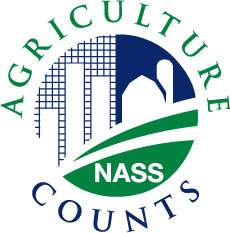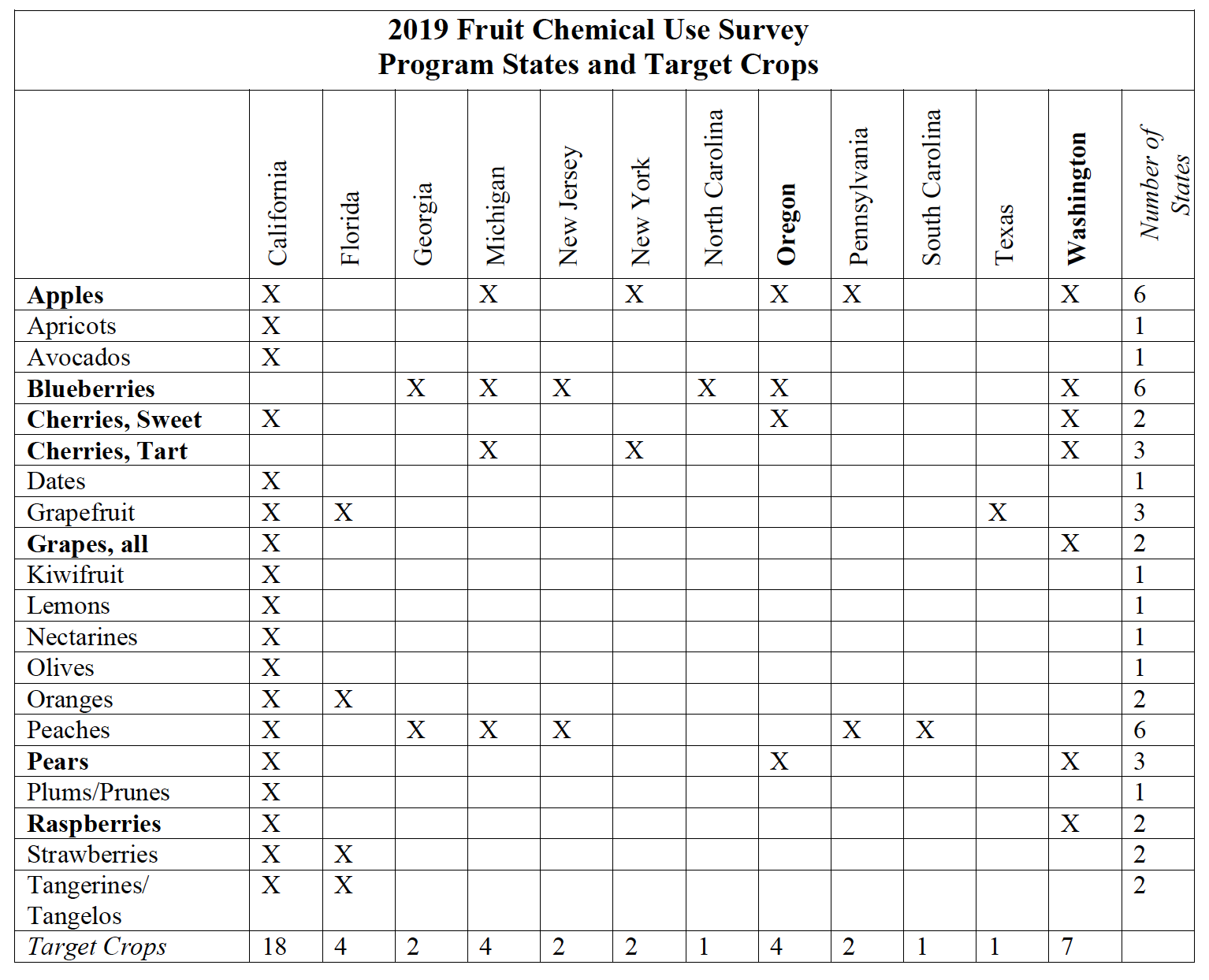First Beehive Uses of the Currently Registered Active Ingredient Bacillus thuringiensis, subsp. aizawai strain ABTS 1857
This original announcement was published by the EPA on January 10, 2020.
EPA is proposing to register a pesticide product containing Bacillus thuringiensis, subsp. aizawai strain ABTS 1857 (Bta ABTS 1857) to prevent and control wax moths in beehives. This product offers beekeepers a new tool against destructive wax moth larvae.
EPA has opened a 15-day public comment period on this proposed registration. Comments are due on or before January 24, 2020.
The active ingredient in this pesticide product (Bta ABTS 1857) is part of a large group of bacteria, Bacillus thuringiensis, that occur naturally in soil. Bta ABTS 1857 controls wax moth infestations by producing a crystallized protein that is toxic to wax moth larvae.
The Greater Wax Moth (Galleria mellonella) is a significant pest of honey bees. Adult female moths enter hives at night and deposit eggs in cracks and crevices within the hive. The moth larvae then burrow through and destroy the honeycombs as they feed on the wax, pollen, and larval honey bees. The moth larvae will similarly damage stored honeycomb frames under the appropriate conditions (e.g., temperature, lighting, and ventilation) in short order.
To use this product, commercial and hobbyist beekeepers would apply a dilute solution of Bta ABTS 1857 to empty honeycomb frames prior to winter storage. When wax moth larvae attempt to feed on the honeycomb, they would also ingest some Bta ABTS 1857, which will release a protein into the larva’s digestive system that attaches to the gut, eventually causing it to rupture.
The toxicological data for Bta ABTS 1857 demonstrated a lack of toxicity, pathogenicity, or infectivity to humans. Bta ABTS 1857 has a tolerance exemption for use in or on honey and honeycomb and all other raw agricultural commodities (40 CFR §180.1011).
EPA expects minimal to no exposure to honey bees and other non-target organisms because of the method and timing of application. As noted, beekeepers would make a one-time treatment directly to empty honeycomb frames prior to winter storage. And hives maintain temperatures above 35°C, thus preventing Bta ABTS 1857 spore viability (which declines at 30°C) when hives are returned to the treated frames in the spring,
The risk assessments and other documents supporting this decision can be found on Regulations.gov in Docket # EPA-HQ-OPP-2019-0247.


